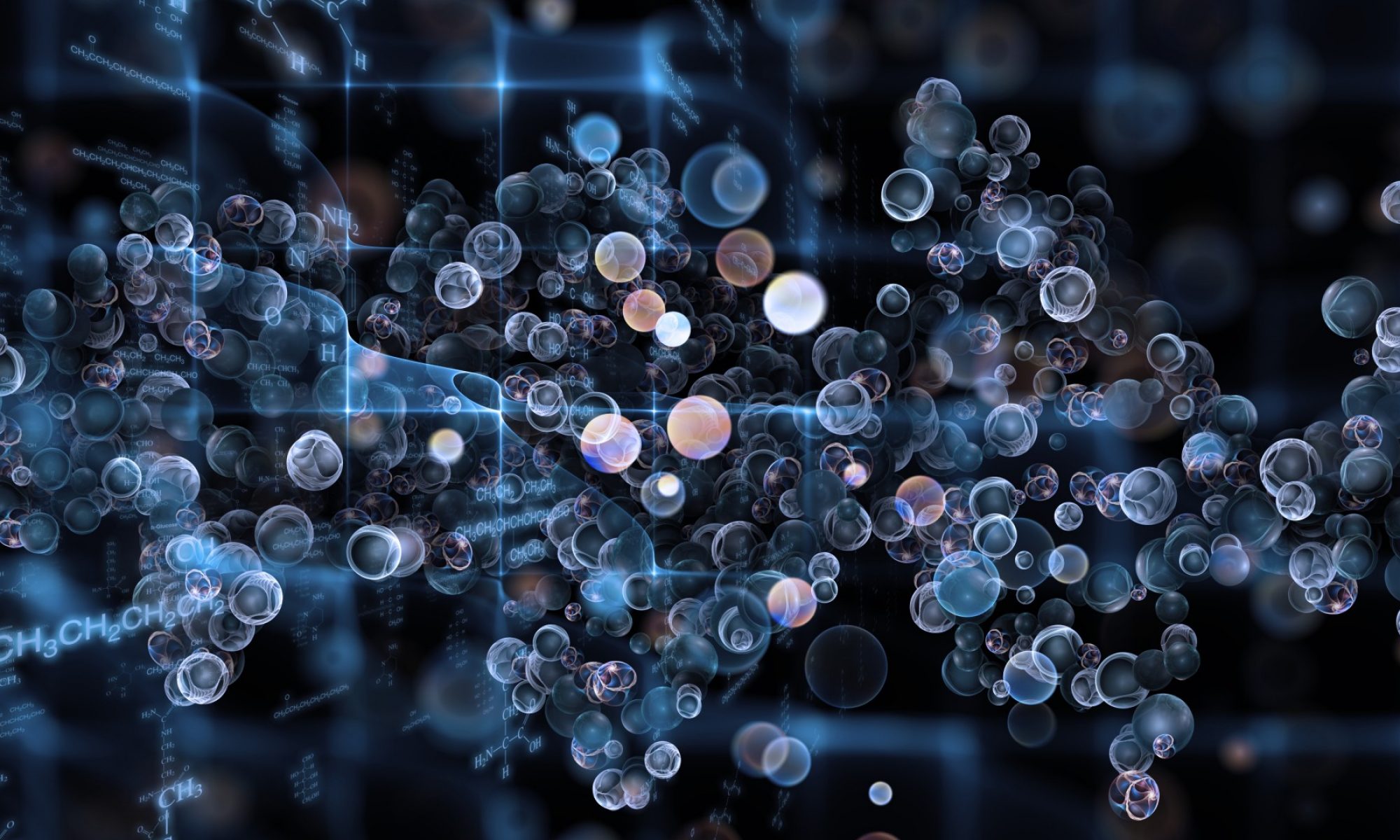WORKSHEET
In chemistry, an ionic compound is a chemical compound composed of ions held together by electrostatic forces termed ionic bonding. The compound is neutral overall, but consists of positively charged ions called cations and negatively charged ions called anions. These can be simple ions such as the sodium (Na+) and chloride (Cl−) in sodium chloride, or polyatomic species such as the ammonium (NH+
4) and carbonate (CO2−
3) ions in ammonium carbonate. Individual ions within an ionic compound usually have multiple nearest neighbours, so are not considered to be part of molecules, but instead part of a continuous three-dimensional network, usually in a crystalline structure.
Ionic compounds containing hydrogen ions (H+) are classified as acids, and those containing basic ions hydroxide (OH−) or oxide (O2−) are classified as bases. Ionic compounds without these ions are also known as salts and can be formed by acid–base reactions. Ionic compounds can also be produced from their constituent ions by evaporation of their solvent, precipitation, freezing, a solid-state reaction, or the electron transferreaction of reactive metals with reactive non-metals, such as halogen gases.
Ionic compounds typically have high melting and boiling points, and are hard and brittle. As solids they are almost always electrically insulating, but when melted or dissolved they become highly conductive, because the ions are mobilized.
History of discovery
The word ion is the Greek ἰόν, ion, “going”, the present participle of ἰέναι, ienai, “to go”. This term was introduced by English physicist and chemist Michael Faraday in 1834 for the then-unknown species that goes from one electrode to the other through an aqueous medium.[1][2]
In 1913 the crystal structure of sodium chloride was determined by William Henry Bragg and William Lawrence Bragg.[3][4][5] This revealed that there were six equidistant nearest-neighbours for each atom, demonstrating that the constituents were not arranged in molecules or finite aggregates, but instead as a network with long-range crystalline order.[5] Many other inorganic compounds were also found to have similar structural features.[5] These compounds were soon described as being constituted of ions rather than neutral atoms, but proof of this hypothesis was not found until the mid-1920s, when X-ray reflection experiments (which detect the density of electrons), were performed.[5][6]
Principal contributors to the development of a theoretical treatment of ionic crystal structures were Max Born, Fritz Haber, Alfred Landé, Erwin Madelung, Paul Peter Ewald, and Kazimierz Fajans.[7] Born predicted crystal energies based on the assumption of ionic constituents, which showed good correspondence to thermochemical measurements, further supporting the assumption.
Formation
Halite, the mineral form of sodium chloride, forms when salty water evaporates leaving the ions behind.
Ionic compounds can be produced from their constituent ions by evaporation, precipitation, or freezing. Reactive metals such as the alkali metals can react directly with the highly electronegative halogen gases to form an ionic product.[8] They can also be synthesized as the product of a high temperature reaction between solids.[9]
If the ionic compound is soluble in a solvent, it can be obtained as a solid compound by evaporating the solvent from this electrolyte solution.[10] As the solvent is evaporated, the ions do not go into the vapour, but stay in the remaining solution, and when they become sufficiently concentrated, nucleation occurs, and they crystallize into an ionic compound. This process occurs widely in nature, and is the means of formation of the evaporiteminerals.[11] Another method of recovering the compound from solution involves saturating a solution at high temperature and then reducing the solubility by reducing the temperature until the solution is supersaturatedand the solid compound nucleates.[10]
Insoluble ionic compounds can be precipitated by mixing two solutions, one with the cation and one with the anion in it. Because all solutions are electrically neutral, the two solutions mixed must also contain counterionsof the opposite charges. To ensure that these do not contaminate the precipitated ionic compound, it is important to ensure they do not also precipitate.[12] If the two solutions have hydrogen ions and hydroxide ions as the counterions, they will react with one another in what is called an acid–base reaction or a neutralization reaction to form water.[13] Alternately the counterions can be chosen to ensure that even when combined into a single solution they will remain soluble as spectator ions.[12]
If the solvent is water in either the evaporation or precipitation method of formation, in many cases the ionic crystal formed also includes water of crystallization, so the product is known as a hydrate, and can have very different chemical properties.[14]
Molten salts will solidify on cooling to below their freezing point.[15] This is sometimes used for the solid-state synthesis of complex ionic compounds from solid reactants, which are first melted together.[16] In other cases, the solid reactants do not need to be melted, but instead can react through a solid-state reaction route. In this method the reactants are repeatedly finely ground into a paste, and then heated to a temperature where the ions in neighbouring reactants can diffuse together during the time the reactant mixture remains in the oven.[9] Other synthetic routes use a solid precursor with the correct stoichiometric ratio of non-volatile ions, which is heated to drive off other species.[9]
In some reactions between highly reactive metals (usually from Group 1 or Group 2) and highly electronegative halogen gases, or water, the atoms can be ionized by electron transfer,[17] a process thermodynamically understood using the Born–Haber cycle.
Structure
The unit cell of the zinc blendestructure
Ions typically pack into extremely regular crystalline structures, in an arrangement that minimizes the lattice energy (maximizing attractions and minimizing repulsions). The lattice energy is the summation of the interaction of all sites with all other sites. For unpolarizable spherical ions only the charges and distances are required to determine the electrostatic interaction energy. For any particular ideal crystal structure, all distances are geometrically related to the smallest internuclear distance. So for each possible crystal structure, the total electrostatic energy can be related to the electrostatic energy of unit charges at the nearest neighbour distance by a multiplicative constant called the Madelung constant[21] that can be efficiently computed using an Ewald sum.[30] When a reasonable form is assumed for the additional repulsive energy, the total lattice energy can be modelled using the Born–Landé equation,[31] the Born–Mayer equation, or in the absence of structural information, the Kapustinskii equation.[32]
Using an even simpler approximation of the ions as impenetrable hard spheres, the arrangement of anions in these systems are often related to close-packed arrangements of spheres, with the cations occupying tetrahedral or octahedral interstices.[33][34] Depending on the stoichiometry of the ionic compound, and the coordination (principally determined by the radius ratio) of cations and anions, a variety of structures are commonly observed,[35] and theoretically rationalized by Pauling’s rules.[36]





